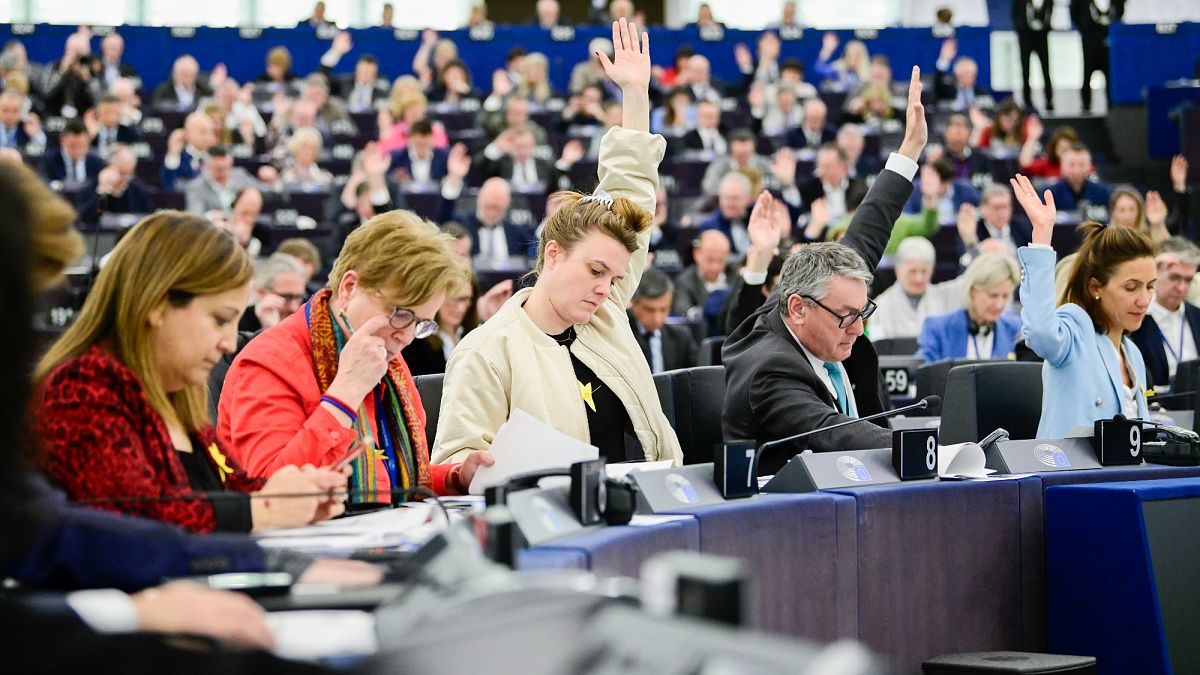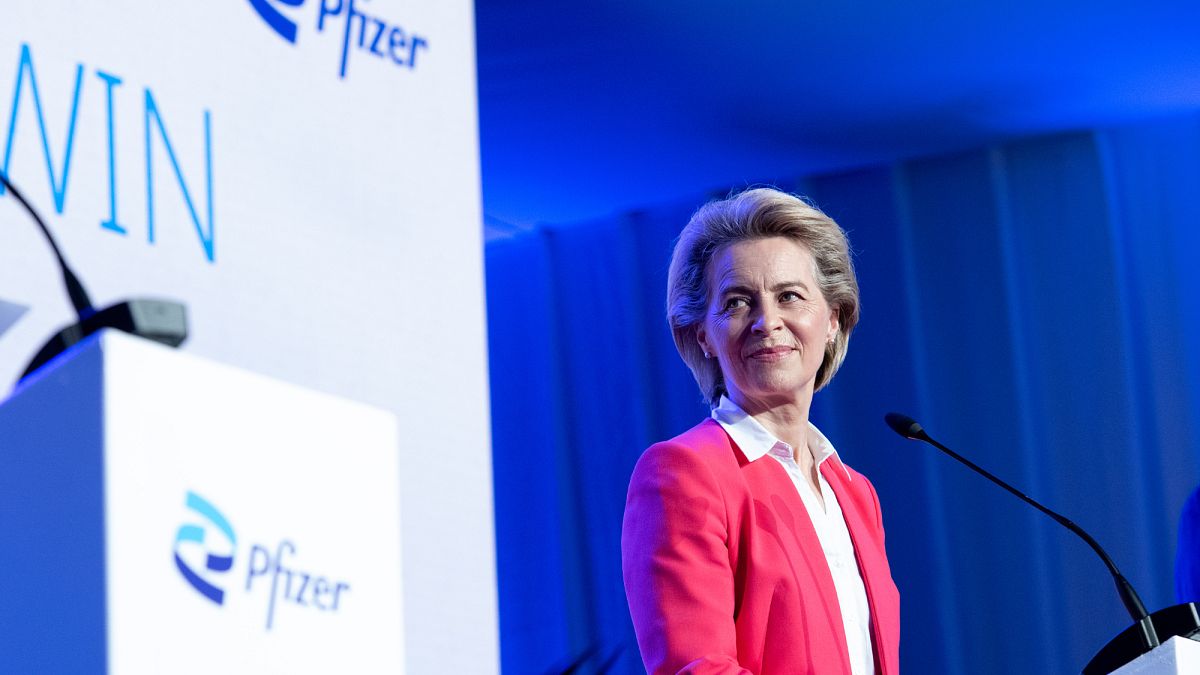French NGO Bloom warns against a “health scandal of vast proportions” over mercury levels in tinned tuna. Their inquiry, published in October, echoed all over the world. Is it going to prompt a change in European legislation?
A French NGO, Bloom, randomly tested 148 tuna cans from five European countries, finding mercury contamination in all of them. One out of ten exceeded authorised levels for fresh tuna. Some samples contained even four times the permitted threshold.
Their report reignited the debate over food security in Europe.
The main author is a 25-year-old biochemist, Julie Guterman. She didn’t only work on tuna samples that Bloom had analysed by an external laboratory. She dug into FAO, WHO and EU documents even back in the 1960s to understand how the limit of 1 milligram of mercury per kilo was set. She concluded that thresholds are set by public authorities in collusion with the tuna lobby.
“Public authorities looked at the level of mercury contamination in tuna and set the regulations at that level. In other words, they set a maximum level of mercury in tuna that would allow them to sell all their tuna stocks, which are highly contaminated with mercury, but not to protect public health," Guterman said.
"Because if we set a real level of protection for public health, we would be well below what has been set at European Union level."
“Our priority is to enshrine in French law that from now on we will apply the strictest existing mercury standard exiting for other fish also to tuna, and then to defend this measure with the European Commission,” she added.
Bloom joined forces with another French NGO, Foodwatch, to launch a campaign pressing national and European authorities to change the current rules.
Will Bloom’s inquiry manage to obtain tougher European measures for controversial food like tuna? I’ve asked the EU spokesperson for Health and food safety if they have any intention of lowering the limits of mercury in tuna from 1 milligram per kilo to 0.3?
“We have done the exercise for 25 fish species in 2022, not for tuna, but all based on “as low as reasonably achievable,” explained EU Spokesperson for Health and Food Safety Stefan de Keersmaecker.
Asked what he means by “reasonably achievable,” he said: “If you put the levels too low, the risk may be that all the fish caught will become unusable for consumption. So you need to find a balance between protecting consumers from the intake of pollutants."
"On the other hand, you also have to make sure that the supply chain of that fish remains available on the markets.”
So is this all a question of protecting the market under the pressure of the tuna lobby?
“No. That is not correct," said de Keersmaecker. “We look at two extremely important priorities that we translate in our maximum levels for whatever fish we're talking about."
"On one hand, protecting consumers against contaminants, against mercury. On the other hand, making sure that consumers can continue to reap the benefits of fish consumption,” he explained.
Nevertheless, the EU spokesperson added that tuna levels are not set in stone: “They can always be reduced if there is scientific evidence that makes it very clear that we should go to a reduction of the maximum level of contaminants”.
When asked if there is not enough evidence requiring mercury thresholds in tuna to be lowered, he explained that the Commission follows the opinions of the European Food Safety Authority.
De Keersmaecker added that he wouldn’t comment on one report of an NGO, but prompted to check the scientific strength or validity of conclusions of such reports "with the scientists”. So we did.
The European Food Safety Authority, EFSA, is responsible for assessing the risks associated with certain contaminants, based on that, then the European Commission sets the limits.
EFSA told Euronews they hadn’t received any requests to update their 2012 opinion on the risks of mercury in food. However, EFSA expects to receive a new request for a risk-benefit assessment related to fish consumption soon.

 3 months ago
34
3 months ago
34






 We deliver critical software at unparalleled value and speed to help your business thrive
We deliver critical software at unparalleled value and speed to help your business thrive






 English (US) ·
English (US) ·